Explore the Blog
Editorial Newsletters: Does Your Brand Actually Need One?
Popular reads
The Problem With Using AI For Content Writing in 2025
Recent Searches
Content Marketing, Copywriting, Email Marketing, Expert Interviews, Website Copywriting, eCommerce Marketing, B2B Marketing
Get the inside scoop on digital marketing for food and beauty brands
Interview with Monica Farber: How to Tell Your Brand Story Visually
Monica Farber is a published commercial photographer, videographer, and stylist based in Atlanta, Georgia. Monica has both a bachelor’s and masters in photography, and during her career she has shot content for top chefs, national brands, independent artists, fashion designers, and even travel publications.
The common denominator here is her unique view. All work, no matter the subject, shows how she views the world. With past experience in communications and social media marketing, storytelling comes naturally. Monica strives to create imagery that makes you feel as if you’re only seeing a snippet of a larger narrative.
Read our conversation below, or click to listen in:
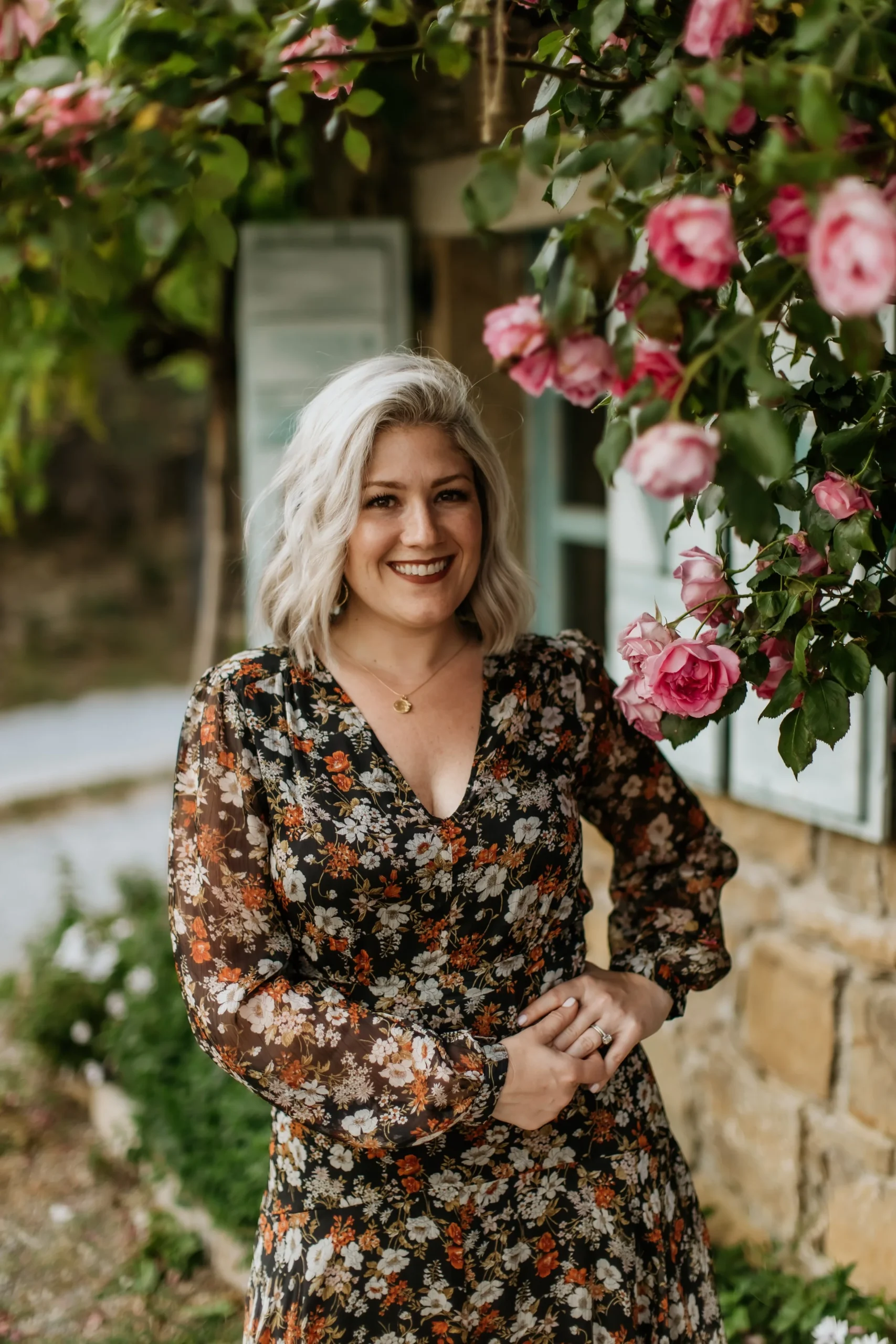
>
“…when I’m shooting food, rather than it just being a cup of coffee, how is that styled?
…
Who, where, what’s the story that that brand wants to tell about that cup of coffee?”
Anna:
I love how you describe your work as showing a snippet of a larger narrative. So I would love it if you could unpack that a little bit and talk about how you approach brand storytelling with brands and help them sort of figure out that larger narrative and how to show snippets of it visually.
Monica:
What I mean by that is, people use this term all the time, “I’m a storyteller. It’s all about storytelling.” But it really is. And the world that we live in now with social media being the center of everything, whether you like it or not, you really have to do a lot more than just show a pretty picture.
You have to tell a story about the brand and who the brand is, like who owns that brand, who’s the face behind it. What story do you want to dive into if you were to make that purchase, if that makes any sense.
So when I’m shooting food, rather than it just being a cup of coffee, we can shoot a pretty cup of coffee all day. But how is that styled? Where is it? Is it sitting next to a newspaper in a beautiful café in the springtime? Are there two people there? Are they on a date? Is it a cup of coffee in a to-go cup? Does it belong to a single working woman? And she’s on the go? Like, who, where, what’s the story that that brand wants to tell about that cup of coffee?
You really have to dive into it.
Anna:
Do you find that most brands know exactly what that’s gonna be? Or do they need guidance on, here’s how we figuring out what their story is and what kind of photography they’re looking for?
Monica:
I would say for starters, really solid branding is always the foundation. So there are so many companies out there, I personally recommend Hinge. Hannah with Hinge has the creative branding company in Athens — absolutely love them.
Working with someone like that who is a professional, who will work with you one-on-one and dive into who you are and what your goals are, what problem it is that you’re trying to solve, will really flesh all that out in the beginning. And then once you have all of your branding down and you know, you know what your messaging is, what your goals are, et cetera, then you can find a photographer that aligns with that particular aesthetic that they help you build, someone with experience and in your arena, and then they can help tell that story visually once you have that groundwork done.

On Repurposing Content Across Platforms
Anna:
So once you have that internal idea of what your brand is, how do you then adapt that to like trends and different platforms and make sure that you’re connecting with your audience there? Or maybe you just have one style and you use that across every platform?
Monica:
That’s a good question. You can repurpose content across other platforms all day long. I tell people this, so whenever they do a photo shoot or a video shoot or a combined shoot with me and they’re like, yeah, I just really need some content from my website, I always tell them, listen, that’s great that you’re updating your website and all of this is gonna be for your website, but this can also be for Instagram and LinkedIn and TikTok and Facebook, and you can use it for ads and all of the above.
Anna:
That’s important I think, because it’s easy to sort of book a shoot for one campaign and create a really fun look that doesn’t match anything else on your website or on your social media.
There’s this thing in copywriting and conversion copy we talk about, which is “message matching”. You want your message to be the same from the first impression someone gets all the way through your marketing funnel. Let’s say you’re selling a designer handbag. You want the message on your first Instagram ad to match what they see when they click that ad and go to your site. So you don’t want someone clicking like a beautiful burgundy bag and then they go to your site and that’s sold out, and all you have is Olive Green. Or you don’t wanna say this is the bag for traveling and then you get to your site and there’s nothing about travel there. It creates dissonance if there’s different messaging there.
So I love what you’re saying about repurposing content. Not only does it create that unified brand experience, but obviously it saves money if you can repurpose.
Monica:
Someone who is a master at this is Gary V. You probably know I’m obsessed with him. I love listening to his podcast, Gary V. Experience. And TikTok and everything, but he is constantly preaching about repurposing content. I am doing this, but before, I used to manage multiple accounts on social media, and that’s exactly what I would do. I would take, for example, a video, of someone giving a key speech on stage, and that’s one post, that’s the video for her speaking to the audience.
But then you can take a clip and put it on top of the still image. Add a little wave form. That’s another one you can take a little piece of it and turn it into a boomerang. And that’s a image for Instagram. You can take a 15 second segment that can be turned into a quote, and you can throw that on TikTok.
There’s so many ways that you can use it and it all has the same message because it all stemmed from that first piece of content.
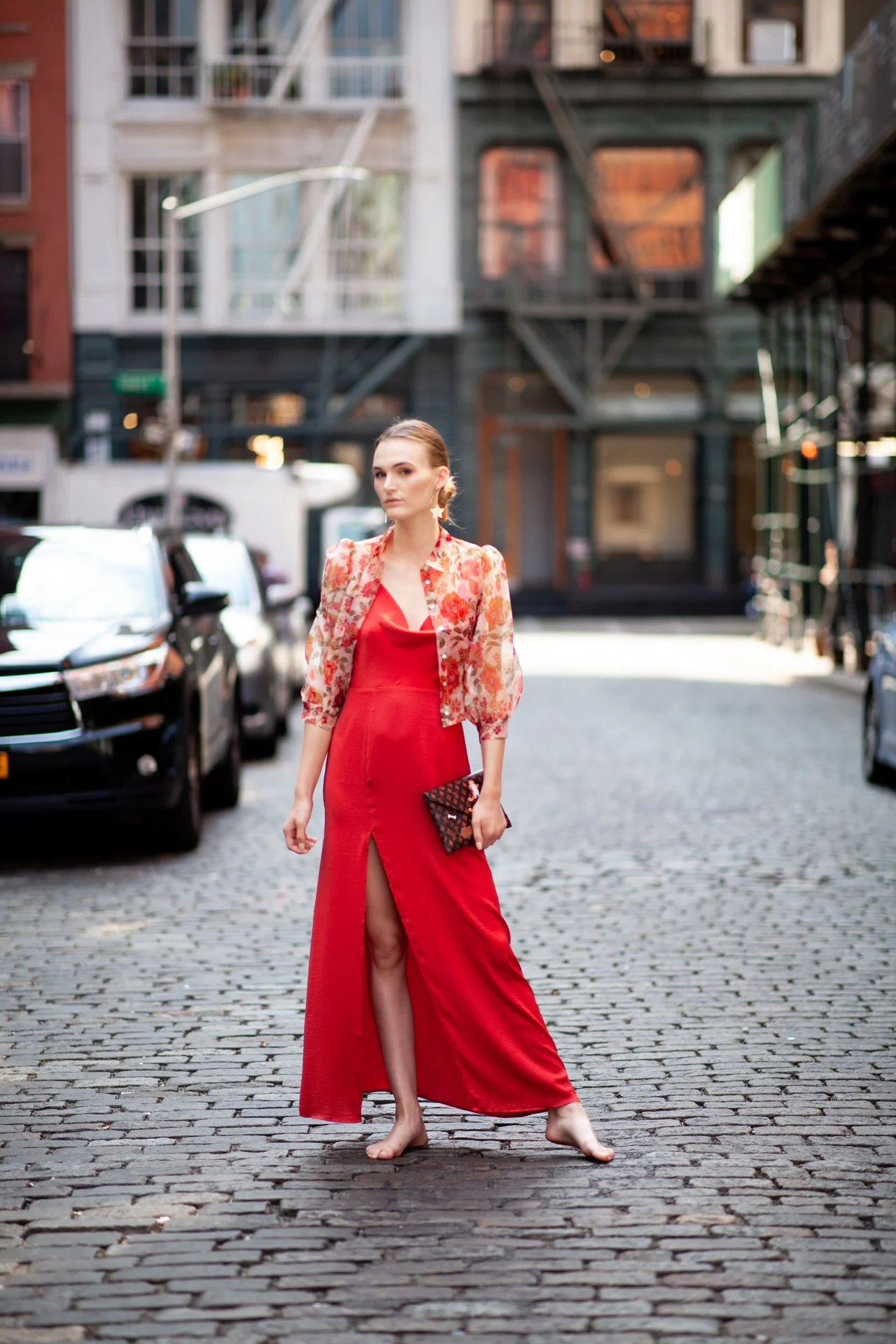
On TikTok
Back to what you were saying about staying on brand and giving that same message throughout all the different platforms, when it comes to TikTok, I think a lot of people are confused about how they can use TikTok and so that’s why they’re afraid to use it.
People have this idea that it’s for young generations doing trendy dances because that’s what you saw in the beginning and you still do see it. And if your brand is not one, if it’s a handbag, a brand that is all about traveling, maybe you don’t really wanna do a trendy dance because that’s not on brand for you. Then don’t do a trendy dance. It’s not about that. The main point of TikTok is short form video. You can do so many different things with it. The whole point is that it’s fast paced and it’s short form and it’s all video.
So, you know, forget about all the trendy things. You don’t necessarily need to jump on that bandwagon. That’s not for you.
Anna:
Okay. I love that because when we hear about TikTok, and even still Instagram and look at quote unquote experts on those platforms, so much of what I see is how to jump on this trend, how to use this audio, and a lot of it is a certain style, which is great for a lot of brands, but doesn’t fit a lot of the clients I’ve worked with.
I’ve worked with a lot of healthy food brands or higher end clothing brands, and it’s a total disconnect. It would be weird and uncomfortable for these clients to hop on and do one of these trending videos.
Monica:
Yeah. It would confuse people.
But they could still use TikTok. I use it for so many, so many other things. Rebecca Minkoff is doing a really great job on TikTok, and she’s a high end handbag and clothing brand. Just short snippets. You’re just opening yourself up to a whole new audience.
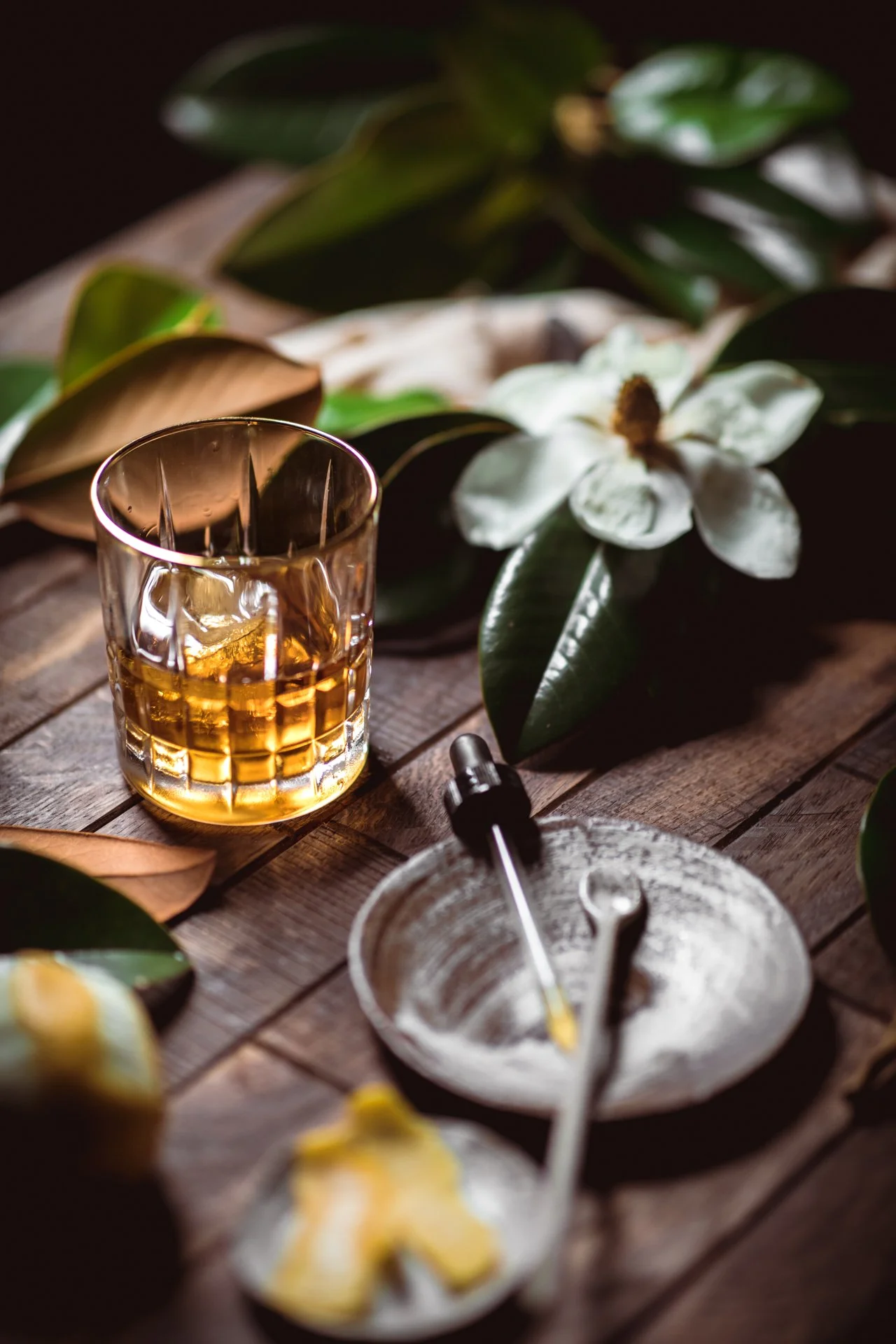
On DIY’ing Your Visual Content
Anna:
Let’s say someone doesn’t have all the time in the world, or budget in the world to bring on a full-time visual content creator, like a full-time in-house photographer or videographer… how should they plan and prioritize what to create? Because you’re giving us so many great ideas, it could get overwhelming pretty quickly.
Monica:
iPhones are pretty incredible nowadays, so if that’s where you need to start, that’s better than nothing. Start there. There are many different tools that you can use to improve iPhone photography and videography. They make gimbals. There’s a company called Moza that makes a gimbal—It’s like a hundred dollars at most—that you snap your phone into and you can walk around with that and it shoots smooth instead of it looking shaky and jumpy, like someone’s just walking around holding a phone.
You can buy a lapel mic that will plug into the bottom of your phone and then all of a sudden you have a really crisp audio instead of what you typically hear when someone’s just talking to their cell phone in public.

On Planning Your Content
I would highly suggest that they plan it out in advance instead of just winging it live every day. Think about different content buckets. Maybe one bucket is let’s talk about our origin story and who we are and show the face of the brand. Literally the person who owns the company. So for you that’d be not just great tips for copywriting, but who is Anna? Show your face.
So come up with those content buckets. Write down your ideas in advance for content, and then take a Saturday and batch it all out. Use a program like Later and then you can schedule it in. You’ve taken an entire day to do that, but now you’re set for a month.
Anna:
That’s such a smart strategy, and I think it’s really important to do this planning in concert with your other content planning, so what promotions are you gonna be having? Like what sales are you doing? What products are you launching this quarter? If you have a blog on your site, what blog posts are you creating? You want to create harmony and make the most of your efforts so that you’re not creating different content pieces for different platforms from scratch.
If you’re doing a content on “five ways to style a scarf”, you could do that as a written piece that lives on your site. Then you can also do it as a short form video. You can send it as an email newsletter.
So have that plan in place and that way when you shoot your visual content, you’re not having to make due to repurpose it, but it’s like created in such a way that you know you’re gonna be using it in your email and in your TikTok video.
Monica:
Whenever you’re creating content for social media, shoot it vertically.
So many people still turn their phones sideways, horizontally, the way that we watch television and they shoot a video and then they post that video to Instagram. You’re gonna see that video in the middle and then it’s gonna be a black box on top or bottom.
Not everyone’s gonna turn their screen, so just shoot it how people view, vertically, and you can do that with that gimbal i I mentioned earlier. I do that now with a DSLR. So whenever I shoot high quality professional videos for people, we have a meeting in the beginning to find out where is this video going and what is the purpose of it.
Little things like that are another reason why planning it all out in advance is really smart for you to write down the details: I need to shoot this vertically and I need this prop and that prop, and I should be dressed maybe in my brand colors. And here’s the message. That way you can just whip it out and check it off the list all in one day.
Anna:
I love that. That’s such a great concrete tip. By the way, what is a gimbal?
Monica:
Do you ever see behind the scenes when they’re filming a movie, in Hollywood or in Atlanta or whatever and you see people with those huge contraptions connected to their bodies, and then they’re holding the camera moving around. That’s a version of the gimbal on steroids. A gimbal, is kind of like a selfie stick except it’s balanced in that you can walk around and it looks very smooth.
So imagine holding your phone without a gimbal, you’re gonna see that bounce in every step. A gimbal will correct that. I suggest them to clients all the time. I just did a big shoot for a client in Charleston and we shot all day and now she has all of this great content and I said, “I’m not in Charleston all the time, so get this, and that way you can fill in the gaps with homemade content.
People see that and they notice that you’re putting in the effort and it’s kind of like a behind the scenes look.
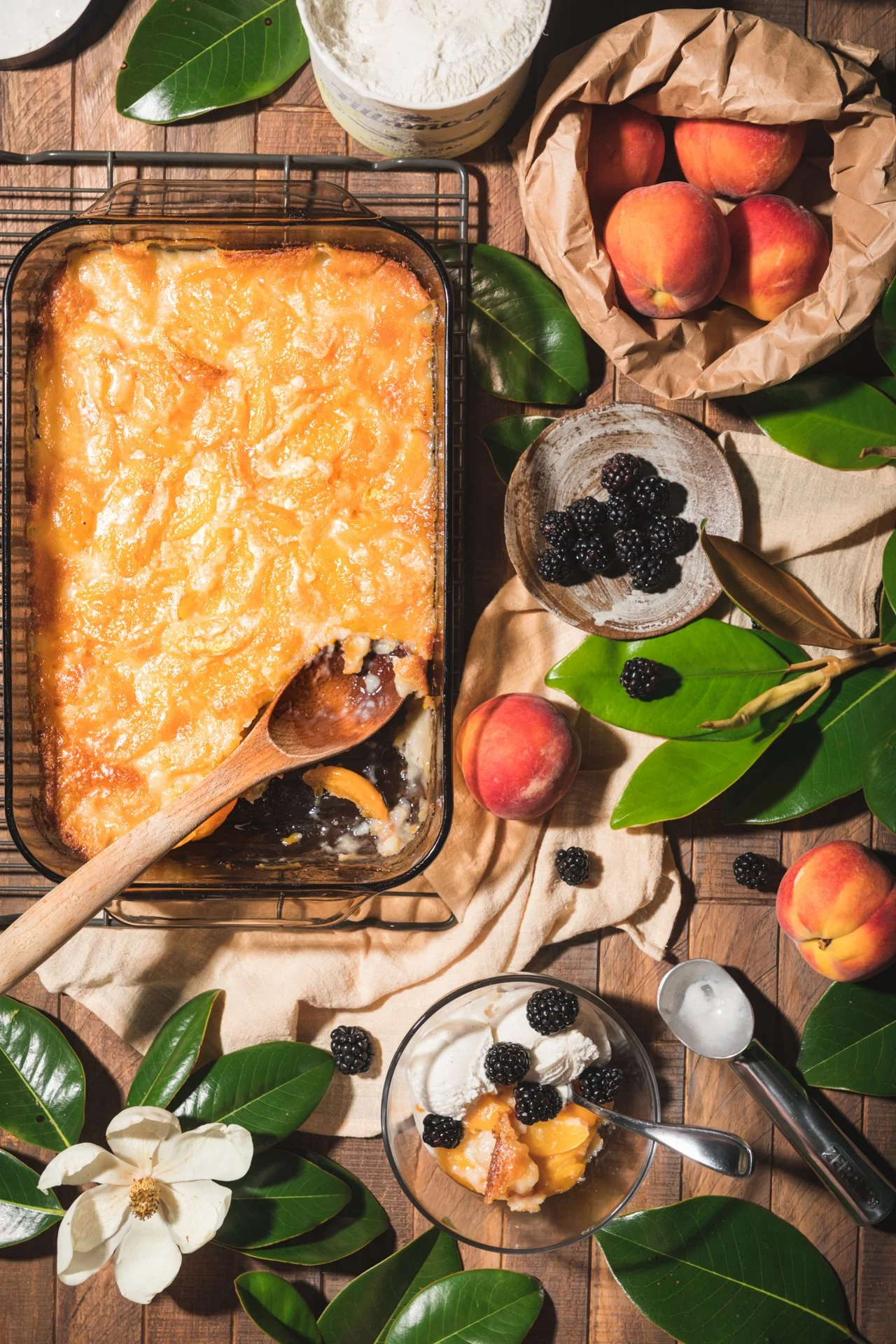
On The Most Common Mistakes Brands Make
Anna:
We talked about some mistakes that people make. One mistake is thinking that you should just be creating content on the fly without having a plan and a checklist of what, how does this tie into our overall content strategy. Another mistake is shooting a horizontal video when vertical is just so much more versatile right now. What are some other mistakes that brands make with their imagery? .
Monica:
I mean, this seems so obvious, but not investing in quality imagery. As you said, it depends on where you are in your business journey. Maybe you can’t afford to hire a photographer full-time or just someone regularly to shoot content for you. But if you can, even when you’re just starting off just to get your website looking solid — obviously as you know, copy is everything, but so is imagery. First impressions are everything and you only have one chance to make a first impression. It’s like “don’t judge a book by its cover”. Well, that’s thrown out the window whenever it comes to the media and just business in general now because people see you, whether it’s in print, online, wherever.
If you don’t look professional and it doesn’t make sense, then they’re gonna keep scrolling as fast as they can. So I would say put photography at the very top of your list.
People always think, “oh, that’s just a nice to have”. I swear it is not. It’s super important.
Also, we already talked about this a little bit, but not posting video. People are a little afraid of video, and I don’t mean just TikTok, but just video in general. We’ve seen over the past year or two that Instagram has really prioritized video over stills, since they’ve released Reels and it just continues to be more like that. So you don’t need to learn how to shoot and edit video yourself but if you can work that into your budget, it’s super important.
Again, it doesn’t have to be a big production—something that costs you a ton of money and then yields one video. That would be great for your About page on your website or for your YouTube, but when I say video, you can do 10 second videos. I do that a lot for clients.
We’ll do a batch of 10 second videos. For example, I have a client who owns a leather handbag company, and instead of us shooting video of how the handbag was made, or just showing it in photos—”look how pretty this bag is”–we did a bunch of little snippets of these handbags in different scenarios. So maybe it’s swinging on the back of a chair in a beautiful restaurant. Maybe it’s being carried by a lady, by a lake, and it happens to be a backpack. And she sits down and pulls out a bunch of books. It shows the versatility of it.
It doesn’t have to be a lot, but people just prefer video over photos. They’ll stop and watch it, and capturing people’s attention is everything now. And so you have to adapt.
Then finally, showing up on camera. We already touched on this, but you have to show up on camera.
Let’s use a soap company for example. I have another client who owns an organic soap company here in Atlanta, and she’s the coolest person, and I absolutely love her, but I don’t think that it would be the same if it were nothing but soap shown all the time, right?
People would be like, oh, just another soap brand. I can go buy some Dove. But the truth of the matter is, she’s a small business owner, small female business owner here in Atlanta. She’s a complete badass. And the detail that she puts into creating this and doing her research and making sure that all the ingredients are clean and local and organic…. You can find her at farmer’s markets telling that story and showing that there’s actually a person behind this, and it’s not just mass produced in some warehouse by some giant corporation.
Anna:
There’s this phrase: “like, know, trust”, and that’s so important. It’s basic and I think it’s easy to forget after you’ve been in business for a while, but you’re constantly trying to attract new customers and they have to feel like they like, know and trust you. And that’s where that human connection really comes through with telling those human stories, I think.
Monica:
Yep. I completely agree.
Anna:
I love your example of the handbags and the ten second videos because sometimes it feels like there’s pressure and video to do a script and a talking head and B roll.
Monica:
I do a lot of those too. I’m gonna be honest with you, I do not let people use scripts. People will write a script, but I beg them to just write bullet points. Back in the day, I even used a teleprompter. I used to do corporate communications for Phillips, and we would have a teleprompter because nothing could be missed. But that’s not what I do now. Now the message comes from the heart and you’re truly telling a story, and it’s hard to script that out and then deliver it with authenticity.
And I think that this year is gonna be a lot more short form videos, with no talking head. You could literally just do a voiceover.
I did a vlog where I put my cell phone on a selfie stick. Captured some behind the scenes at a couple of photo shoots in November, and then I put those together and then I recorded a voiceover saying, “Hey, these were the photo shoots I did in November”, and I explained what was happening in each and that’s a great way to show up on camera. I literally just captured little behind the scenes. I’m like, oh, maybe I’ll post a story of this later. And what I did was I just put it all together and turned it into a post. It took no extra time. I was literally in the middle of another shoot.
I’ve done this for bars where instead of a tour of the bar and bartenders, we’ll just shoot shaking up and pouring a cocktail and if you can make it look really pretty, which I can, that’s everything.
Anna:
I think there’s pressure in our minds to have that script and we have to tell a whole story in every video. So thanks for taking that away. Worst case scenario, you don’t use the footage, but those little snippets go together to create your overall narrative.
Monica:
Absolutely. And people aren’t gonna watch. I tell people, maximum of three minutes. And to be honest, that’s even too long. And that’s for a full production like video that’s gonna go on your About page or on your YouTube. If you can just give a few points, tell a little snippet of that story for less than 30 seconds, then maybe you’ll get that follow and people will become interested and they’ll want to learn more. People will become invested in you and you’ll just continue to build that relationship.
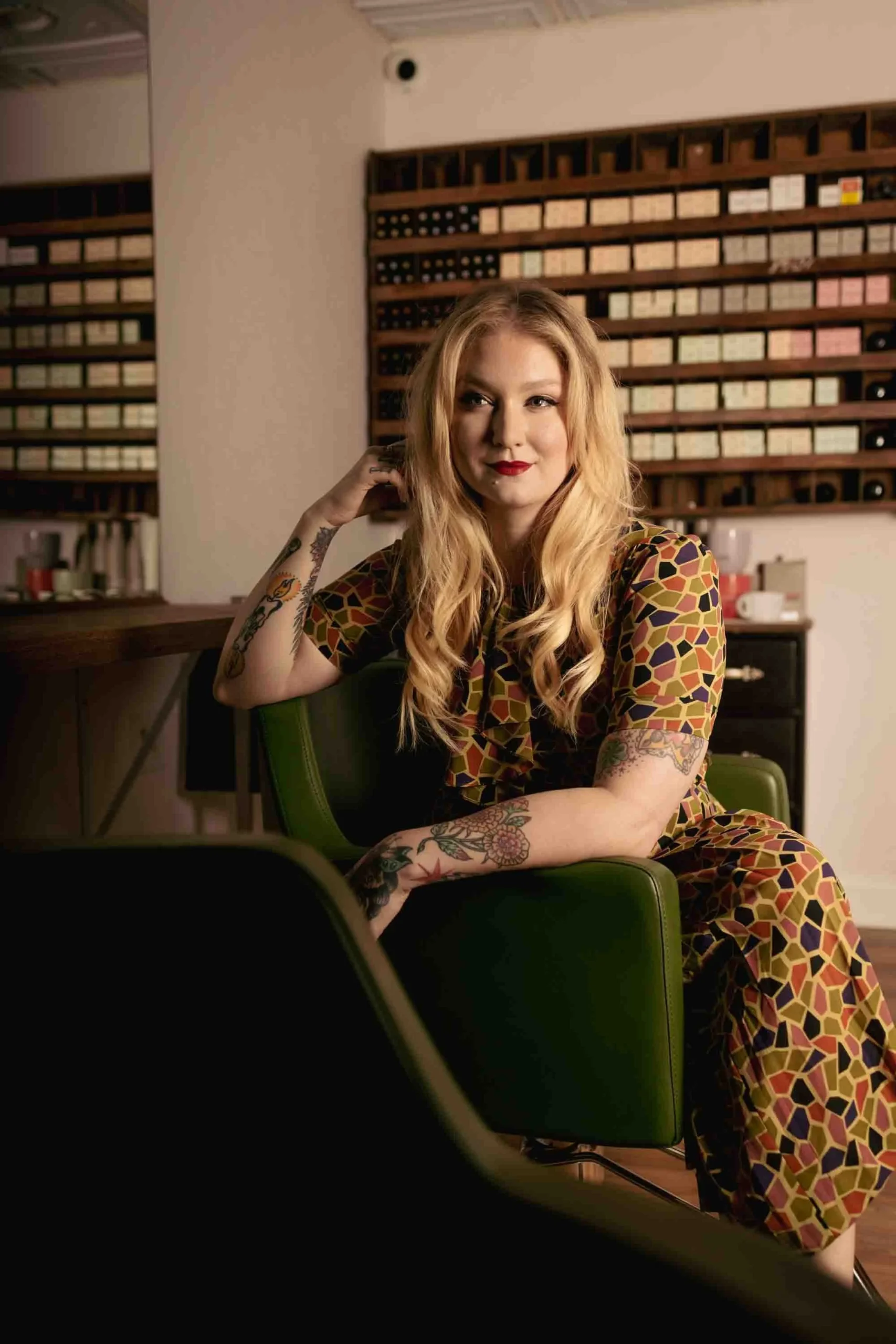
On Finding the Right Photographer for Your Brand
Anna:
What’s your advice to business owners or brand managers who are trying to evaluate and hire a photographer or videographer for their brand? What should they be looking for?
Monica:
First of all, you need to do your homework and look at this photographer’s website, social media, et cetera. Make sure that you know you like their aesthetic, and once you’ve vetted them, have a conversation with that person.
Get on Zoom, get face to face with them. You don’t have to, I like to do that. Anytime someone says, “Hey, can I get a quote for this?” Well, why don’t you have a conversation with me first, because we don’t even know if we’re a good fit.
Have a conversation about who you are, what your goals are with this content, who your audience is. If you wanted a photoshoot, I could come to your house and take photos of you and your cute baby, and they’ll be beautiful. But what’s the message there? Who is gonna watch this and where are they gonna watch it? And what is the goal? And let’s look at your branding and see how these photos need to look. Are they light and bright and airy? Are they dark and moody?
And beyond that, you need to see if your personalities are a match. Is this person easy to work with? Do they truly get you? Do they clearly understand and are they excited about this project?
This is not just a transfer of goods like buying a cup of coffee. This is gonna require that we’re gonna be spending the whole day together and we’re gonna have another call prior to that where we’re gonna plan this out and I need to know exactly who you are and what it is. That way I can make sure that I’m delivering exactly what you see in your mind or what you’re hoping for. Maybe you don’t know exactly what you want this to look like, and that’s my job to figure it out, but I need to know exactly who you are and what your goals are in order to paint that picture for you.
So don’t just look at photographers, photographers and say, Hey, those photos are pretty, you need to really, really take it a step further.
Anna:
That’s so helpful. Well, Monica, this conversation has just had so many really practical nuggets. I’ve learned a lot for building my own brand and I’m sure everyone tuning in will get a lot of takeaways to hopefully be encouraged and inspired to go out and tell their story.
Monica:
Awesome. Thank you so much, Anna. I appreciate it. And like I said, you can get started on your own. Use your cell phone and just start, but make sure you have some solid branding so you’re not all over the place. And then once you get there, hire a photographer after you interview them and find someone that works for you.
It’s all about the imagery.
Anna:
If people want to work with you or follow along with your work, how can they find you online?
Monica:
On Instagram, you can find me @HelloFancyMedia. You could always just search my name, Monica Farber, and on TikTok it’s just my name, Monica Farber. Follow me on both. Reach out if you have any questions at all about this or anything else. I’m happy to help wherever I can. And my website is the same name. Hellofancymedia.com. There’s a contact page on there, so send me an email.
Anna:
Awesome. Thanks Monica.
Monica:
Thank you so much, Anna.

You can get in touch with Monica at https://www.hellofancymedia.com.
All photos ⓒ Hello Fancy Media. This conversation was recorded in January, 2023, and has been lightly edited for clarity.
Top 2025 Content Marketing Trends
This year, I’m seeing three big trends come to the forefront of content marketing.
a must-read
Follow along on instagram
Not Ready to Work Together Quite Yet?
Stay in touch with the Your Brand Editor newsletter 📬
Anna Bradshaw is a copywriter and content strategist based outside Raleigh, North Carolina. She focuses on creating brand marketing campaigns, evergreen SEO content plans, and website copy that converts.